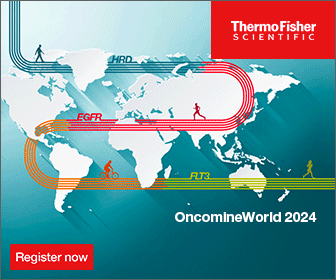Novel Technique to Deliver Chemotherapy Drug into Human Brains
Published in The Lancet Oncology on May 2, scientists from Northwestern Medicine reported their first-in-human clinical trial in which a novel, skull-implantable ultrasound device is used to open the blood-brain barrier and repeatedly permeate large, critical regions of the human brain to deliver the chemotherapy drug that has been injected intravenously.
As the first of its kind to successfully quantify the effect of ultrasound-based blood-brain barrier opening on the concentrations of chemotherapy in the human brain, the result is pleasing to show an approximately four- to six-fold increase in drug concentrations in the human brain.
Related article: Injectable Hydrogel Targets Macrophages and Stops the Relapse of Glioblastoma
The Reasons Why Brain Diseases are Difficult to Cure
Glioblastoma is the most malignant brain tumor and one of the deadliest cancers in the world, with most patients dying within 1.5 years after being diagnosed. There is no effective treatment so far as chemotherapy failed to permeate the blood-brain barrier to reach the tumor site.
The blood-brain barrier (BBB) is a unique form of the microvasculature of the central nervous system (CNS) with a continuous microscopic structure that shields the brain from the circulating system. BBB is protective most of the time, which protects the CNS from toxins, pathogens, inflammation, injury, and disease.
However, when the disease progresses in the brain, it is extremely difficult to cure as the BBB blocked those drugs also. Thus, the repertoire of drugs that can be used to treat brain diseases is very limited. The first-line chemotherapy used for glioblastoma, Temozolomide, does cross the blood-brain barrier, but the benefit is limited with large proportions of treated patients showing resistance.
Therefore, better delivery routes are utmost needed to enable the effective repurposing of drugs to treat brain pathology and cancer. Previous studies have shown that injected paclitaxel directly into the brain of patients with these tumors observed promising signs of efficacy, but the direct injection was risky with side effects including brain irritation and meningitis.
Opening the Blood-brain Barrier Offers Hope for Recurrent Glioblastoma Patients
The procedure to open the blood-brain barrier is performed with the patient awake, and the patients go home after a few hours. The treatment turned out to be safe and well tolerated, with some patients getting up to six cycles of treatment.
Moreover, the scientists also observed that most of the BBB restoration happens in the first 30 to 60 minutes after sonication, which allows optimization of the sequence of drug delivery and ultrasound activation to maximize the drug penetration into the human brain.
With the success of the current study, scientists are looking forward to an ongoing phase 2 clinical trial for patients with recurrent glioblastoma, which aims to deliver a combination of paclitaxel and carboplatin with the ultrasound technique. The concept might also be applicable to other brain diseases.
©www.geneonline.com All rights reserved. Collaborate with us: service@geneonlineasia.com








